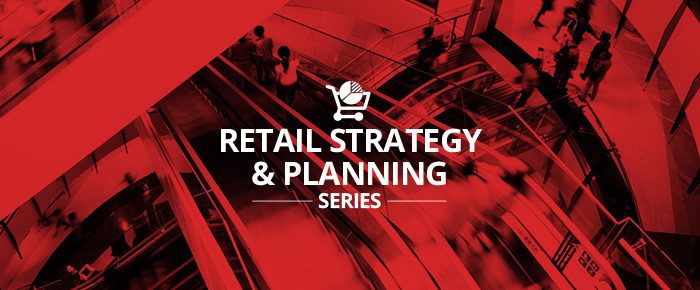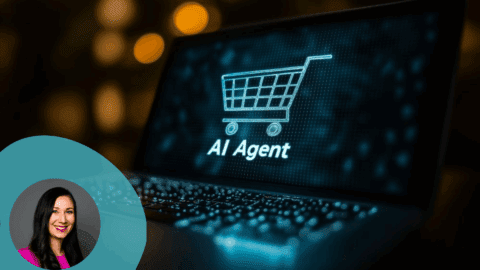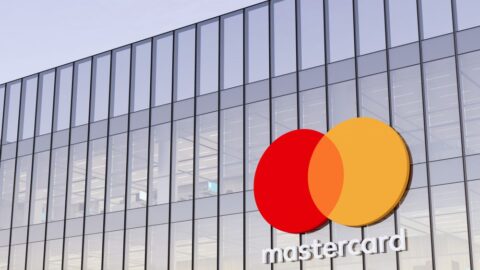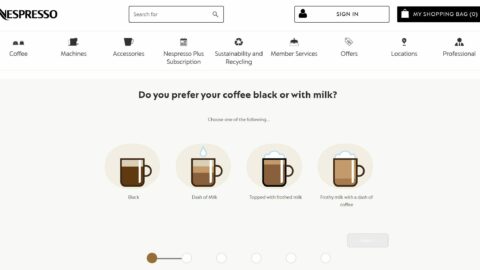The Retail TouchPoints Retail Strategy & Planning (RSP17) webinar series aired live last week, and all 10 webinars are now available on demand. Three of the sessions focused on the hot topic of personalization, providing practical advice on how to:
• Use basic personalization techniques to boost KPIs like conversions and click-through rates;
• Maximize the impact of product recommendations by sending them when shoppers are most receptive to selling suggestions; and
• Achieve true individualization by creating detailed, data-rich customer profiles and using them to influence shopper behavior in real time.
From Traditional To Transformational: Building A World-Class Personalization Team
For many retailers, lack of technology is not the biggest stumbling block to enhancing personalization. A survey of 150 e-Commerce executives conducted by Clearhead revealed that 64% of retailers have the technology in place, but they lack the process and rigor to execute on personalization efforts:
• Only 17% have plans in place to develop personalized experiences;
• Just 11% can target visitors using third-party data; and
• For 84%, the customer data required to do real-time personalization is either not present or only somewhat present.
Retailers seeking to improve their personalization game need to determine where they are along the continuum from traditional to transformational, according to David Neff, VP of Consulting at Clearhead. For example, in the area of audience data, retailers at the “traditional” end of the spectrum have “basic web analytics implementations, but are lacking data to support audience segments, and the data is not fully trusted,” said Neff. “Transformational capabilities in this area means you can identify and map people across channels in near real time, and leverage it.”
But even basic personalization programs can pay off handsomely. Colton Perry, VP of Partnerships at Dynamic Yield, revealed that backpack retailer Fjallraven achieved a 30% increase in revenue per user, a 38% increase in conversions and a 150% uplift in click-through rates on its product pages by:
• Deploying personalized “free shipping” messages;
• Boosting discoverability with product page recommendations, making the pages more “Pinterest like,”; and
• Using low in-stock messaging to drive purchase urgency.
Unifying Personalization Strategies Across Digital And In-Store
Retailers that are crafting their personalization strategies should be aware that when they send a personalized message to a shopper can be just as important as what the message says. A consumer study conducted by Kibo revealed that while 44% of shoppers say targeted recommendations on a web site’s product page would influence their purchase, more than twice as many — 92% — are ready to accept recommendations and personalized content when they have reached the shopping cart page.
“This is even higher than the 85% of consumers that say personalized promotions on the home page influence their path to purchase,” said Tushar Patel, CMO, Kibo. “At that [early] point, shoppers want to explore on their own. On the product page they’re engaged with a specific product. But by the time they’ve reached the shopping cart, they’ve provided the retailer with a lot of information and they want additional recommendations. They want to know, ‘What else are your selling that’s relevant to me?’”
Patel also noted a major missed opportunity among retailers that send cart abandonment emails. The solution provider’s survey of 30 innovative brands revealed that more than half, 57%, send these types of emails, but only 6% include an upsell recommendation — and none provide an incentive to the customer to complete the purchase.
“That’s a disappointing finding among retailers that are considered to be innovative,” said Patel. “They already know what the consumer has put into their cart, and they have their email address,” so the retailers have access to a lot of information about these would-be purchasers.
Another common personalization pitfall occurs among retailers that limit their efforts only to their online channels. “These retailers are missing out on the fact that the consumer doesn’t live in a singular channel, and they don’t expect you to either,” said Danielle Roberts, Senior Product Manager, Ecommerce and Personalization at Kibo.
The Personalization 2.0 Imperative: Delivering On Customer Expectations Through Individualization
There’s a common misconception that individualization is essentially “segmentation on steroids,” with thousands (or millions) of segments consisting of one customer apiece. But Brendan Witcher, Principal Analyst at Forrester, stressed that individualization and segmentation are two distinct ways for retailers to leverage personalization. Witcher identified four unique characteristics of a true individualization strategy:
1. Customers are identified and treated as individuals using rich customer profiles: “All the data you have on a customer needs to be brought into your organization,” said Witcher. “Your CRM databases won’t be able to function with just 100 or 150 fields; you’ll need 200, 300 or even 500 fields noting that this customer never buys two shirts at a time, he buys a shirt and pants; the brands the customer likes; the people he socializes with, and if he shares it, his hobbies and interests. If you get more data, bring in a field and use it to engage the customer.”
2. Customer data is assessed in real time and used to dynamically calculate intent: “Everything has to happen in real time,” said Witcher. “Segmentation works in batch processing to determine things about the customer before they visit a store or web site. For individualization, the retailer has to determine why the customer is there during the visit itself.”
3. Personalized content needs to be delivered equally across every screen and channel.
4. The use of connected technologies enable far richer and more relevant engagement: “Data needs to be brought in, stored and used in your product recommendation engine in real time,” Witcher stressed.
Individualization also needs to be an enterprise-wide strategy, not a series of tactics. Brands will also know they’ve made progress from their customers’ reactions: “Individualization done right doesn’t look like personalization; it just looks like a great experience,” said Witcher.
Retailers that move closer to the individualization ideal will also see the results in their bottom lines. Jonathan Duch, Director of Product Marketing for Monetate, quoted a Boston Retail Partners report saying that “Personalization is a game changer that will shift $800 billion of revenue to the 15% of companies that get it right over the next five years.”
Access all 10 Retail TouchPoints Retail Strategy & Planning (RSP17) webinar series sessions on demand.













